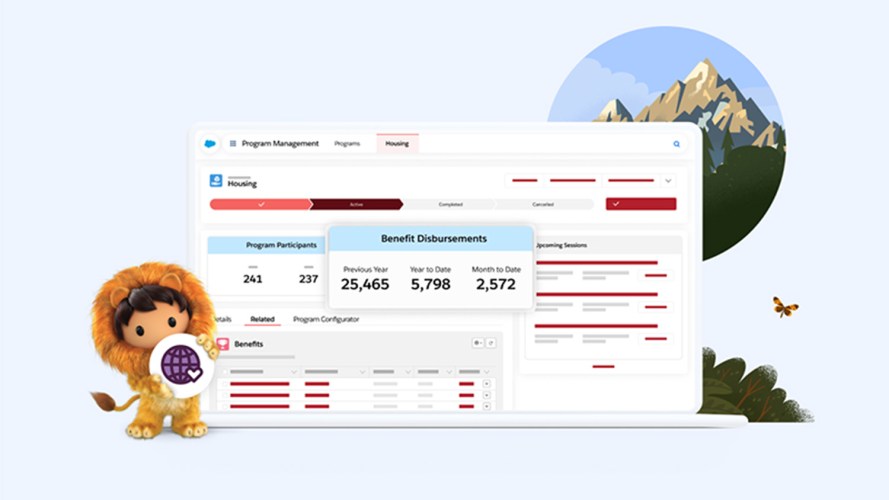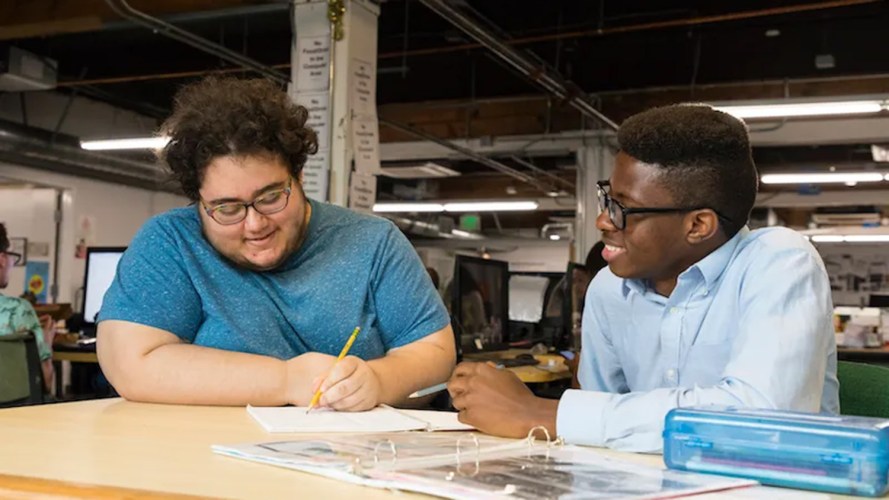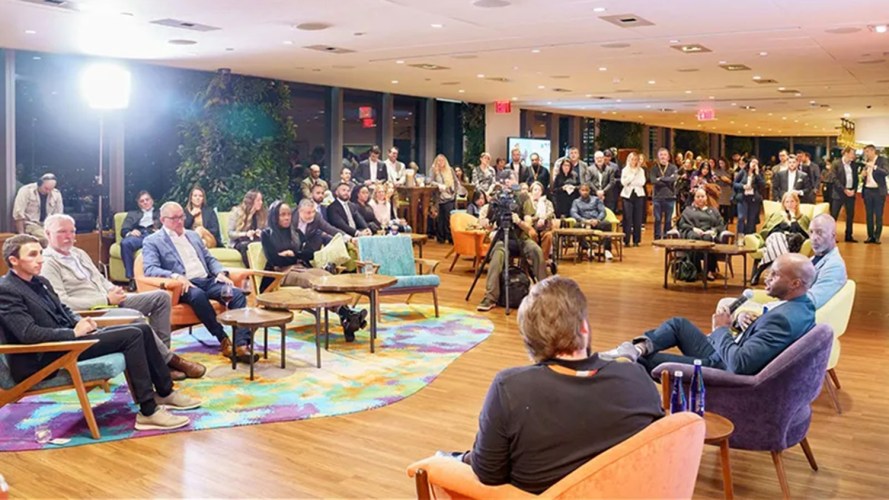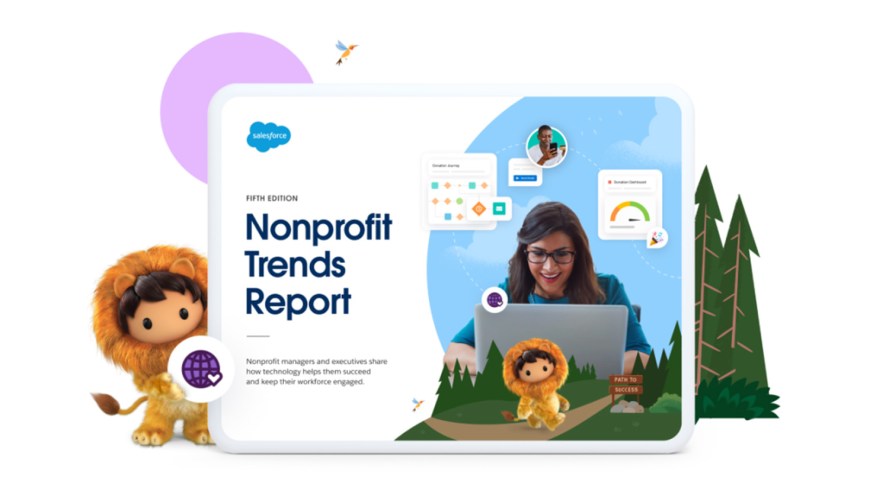- 1. “Our primary job as fundraisers is to earn the right to ask”
- 2. “This is not just a season for box checking, we’re playing the long game and looking at the ways to ensure that a diverse talent pipeline and leadership stays strong in the sector.”
- 3. “I encourage fundraisers to think outside the box, because we have that opportunity now.”
Diversifying your donor base has two meanings: to ensure your revenue comes from a variety of sources so that your organization can better weather economic fluctuations, and to ensure your donor base reflects the diversity of your community. By focusing on the second meaning, you get a double benefit: you access more economic opportunities while strengthening your stakeholder base.
The U.S. population is more racially and ethnically diverse now than ever before, creating greater opportunity for nonprofits that can authentically engage more communities in their work. However, many organizations aren’t even sure where to get started, how to benchmark, or how to tie DEI strategies to fundraising success.
I recently had the privilege of moderating a panel discussion with experts in nonprofit fundraising centered around the recently released Everyday Donors of Color report from The Lilly School of Philanthropy. Below is a list of the key findings from the report:
- Generosity persists across diverse households. We need to dispel the myth that generosity exists only in one type of donor — neither race nor economic status impact one’s generosity or interest in philanthropy.
- Diverse donors are expanding the tools and practices of fundraisers. Engaging donors of color will require organizations to try new fundraising strategies
- Technology plays a growing role for engaging a new set of donors. Technology is part of that expanded toolkit to reach donors of color effectively as well as build a more diverse donor base.
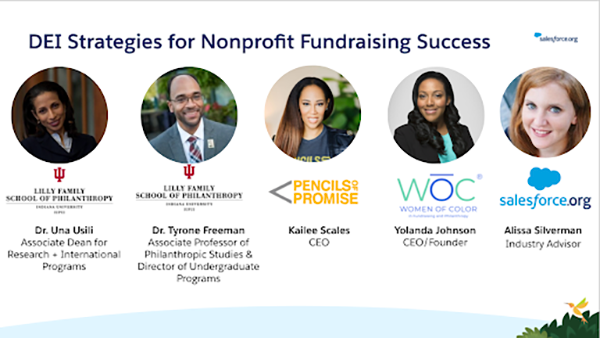
Here are some of the strategies our panel experts shared:
1. “Our primary job as fundraisers is to earn the right to ask”
– Dr. Tyrone Freeman, Associate Professor of Philanthropic Studies & Director of Undergraduate Programs at The Lilly School of Philanthropy
When engaging communities of color, Dr. Freeman stresses the importance of working from a position of assigning proper value to people and communities as opposed to identifying new markets to exploit. This orientation starts with building cultural competencies.
An organization should first get to know and honor the cultural traditions of the community they seek to engage with so that they create reflective practices rather than forcing preexisting structures that may not work. Organizations must be willing to match structures of campaigns to the community they’re working to engage in order to be successful for the long-term.
2. “This is not just a season for box checking, we’re playing the long game and looking at the ways to ensure that a diverse talent pipeline and leadership stays strong in the sector.”
–Yolanda F. Johnson, CEO, Founder Allies in Action Membership Network; CEO & Founder, Women of Color in Fundraising; Founder & President, YFJ Consulting, LLC
Yolanda shared her best practices on nurturing a diverse pipeline of fundraising talent and the importance of allyship to bring more people of color (POC) into positions of leadership at nonprofits large and small. She emphasized that the work to engage a diverse audience of donors starts diversification of an organization’s team, board, and constituents.
“Many organizations have made a commitment to DEI, but going forward, to achieve the impact in reaching and engaging diverse audiences starts with a commitment to equity within — your staff, leadership, and your org reflects the types of changes. You don’t have to be an expert in this space to recognize and champion its importance,” Johnson said.
3. “I encourage fundraisers to think outside the box, because we have that opportunity now.”
– Kailee Scales, CEO at Pencils of Promise
As the first managing director of Black Lives Matter global network, Kailee says grassroots donors fueled the movement, and emphasized the importance of keeping the organization’s fundraising and impact programs focused at a local level. Fundraising with the historical lens assumes that only the richest people, typically white men and women, have the capacity to give. Instead, she suggests that grassroots donors are the ones that are moving the needle.
Kailee suggests that the world has changed. “Social media makes it possible to give in every single way. If we think of ways to engage donors at the $40 entry point, we will find that revenue exceeds that of major donors. And it’s important to have reliable donors that give monthly, year after year, giving you a baseline of support that you can count on. Importantly, many of those can be transitioned into more major donors.”
–Kailee Scales, CEO at Pencils of Promise
As the first managing director of Black Lives Matter global network, Kailee says grassroots donors fueled the movement, and emphasized the importance of keeping the organization’s fundraising and impact programs focused at a local level. Fundraising with the historical lens assumes that only the richest people, typically white men and women, have the capacity to give. Instead, she suggests that grassroots donors are the ones that are moving the needle.
Kailee suggests that the world has changed. “Social media makes it possible to give in every single way. If we think of ways to engage donors at the $40 entry point, we will find that revenue exceeds that of major donors. And it’s important to have reliable donors that give monthly, year after year, giving you a baseline of support that you can count on. Importantly, many of those can be transitioned into more major donors.”
Technology plays an important role in your strategy to engage donors of color and/or diversify your stakeholder base. A better strategy will require better systems, better data and data utilization, and better relationship building.
Systems: Your operations will need to be more agile and more connected. Without technology, this would require a lot of manual work and time. Let’s say you want to take Kailee’s suggestion and target donors to make a first time gift of $25 with the goal of converting them to monthly donors.
Nonprofit Cloud is designed to automate many of the steps required, allowing you to add this strategy to your current fundraising program without overtaxing your team. A digital platform like Salesforce allows you to segment donors into a dedicated campaign, build a unique donor journey via Account Engagement email and social, send targeted messages built on program activities or impact, and then follow donors with special giving pages, recurring donation management, and reporting.
Data: Many organizations do not know the identity of most of their donors, and some try to close this gap with donor surveys to gather the information. Yolanda F. Johnson shared the best practice of taking five minutes after every donor meeting to update the donor record, including anything you learn about their background and identity.
With Nonprofit Success Pack, both of these collection methods are easy, but more importantly, you can put this important data to use to determine benchmarks, track progress, and segment donors to create special engagements using Account Engagement.
Relationships: More than ever, we are having to build relationships using technology. But as important as the relationships fundraisers build with their donors are, the relationships organizations can help donors build with each other is even more important. Giving circles are a great example of donor communities.
With Experience Cloud for Nonprofits organizations can build donor communities and then encourage them to donate and share opportunities with their communities with an Elevate giving page.
As you create a diverse community of donors and engage donors of color, a one-size-fits-all approach will not serve your goals. It’s imperative to have a toolkit that will allow you to create experiences that reflect the communities you seek to engage. Building this toolkit is a journey that organizations will take at different paces and with different paths, but, as our panelists encouraged, it’s important to start now. If you’re not engaging diverse donors, you’re selling yourself and your mission short.
Team Earth has landed
We believe that business is the greatest platform for change, and success should be for everyone on Earth and the planet itself. Because the new frontier? It’s right here.






















